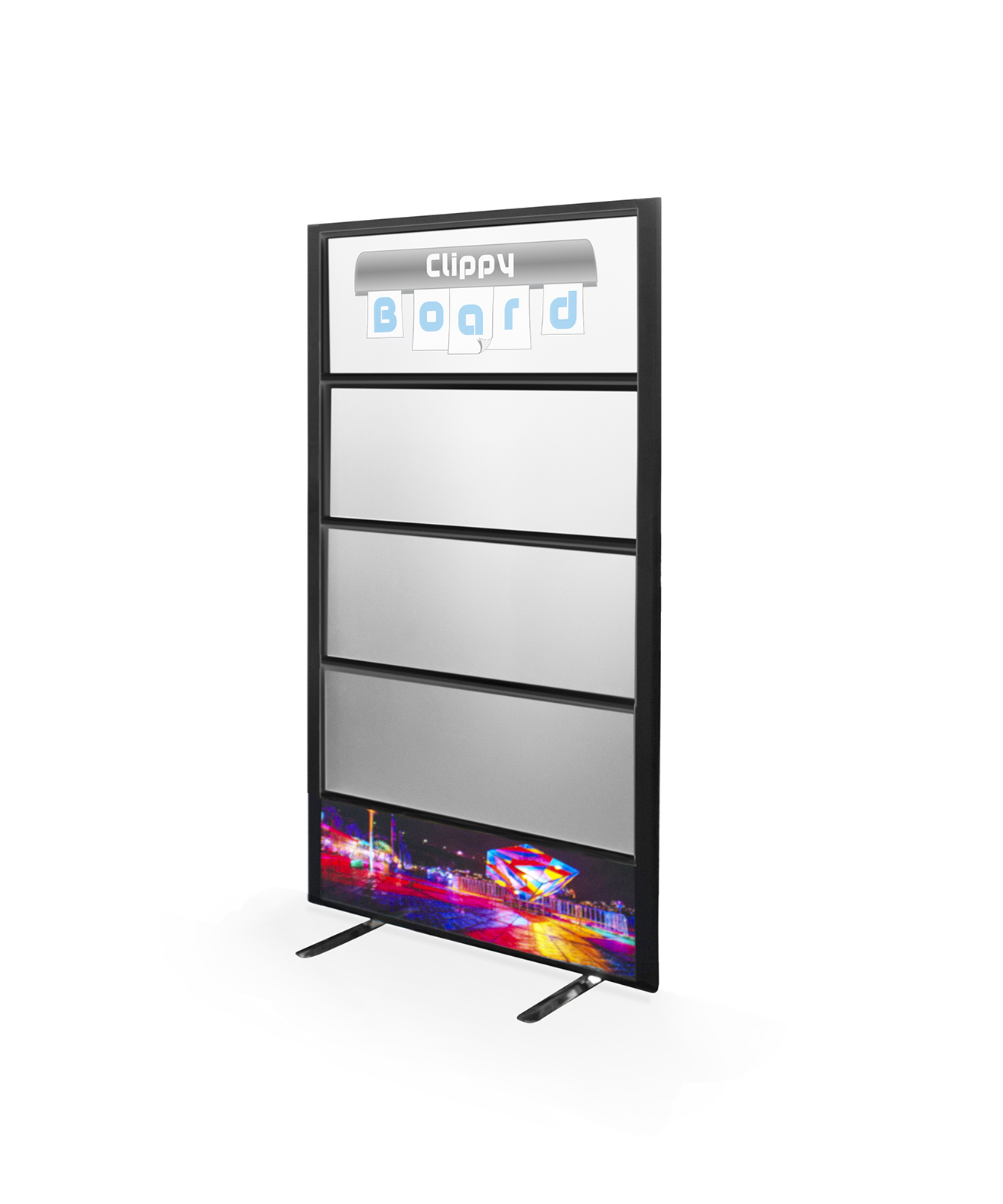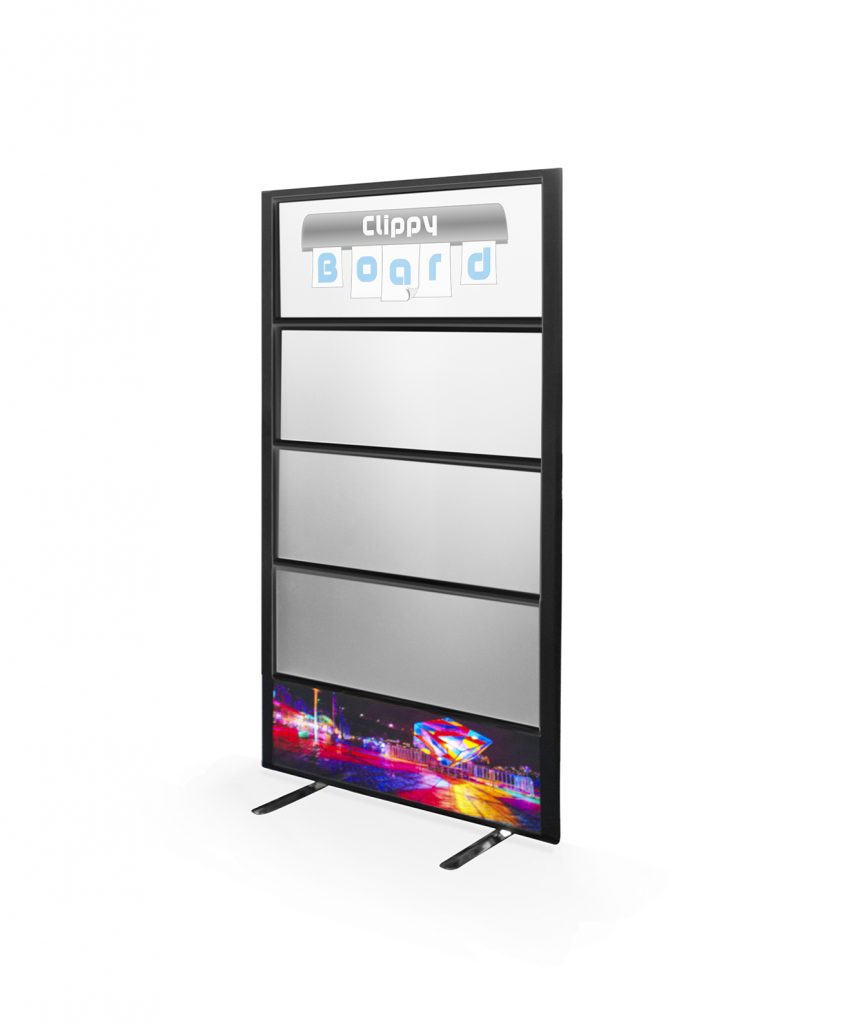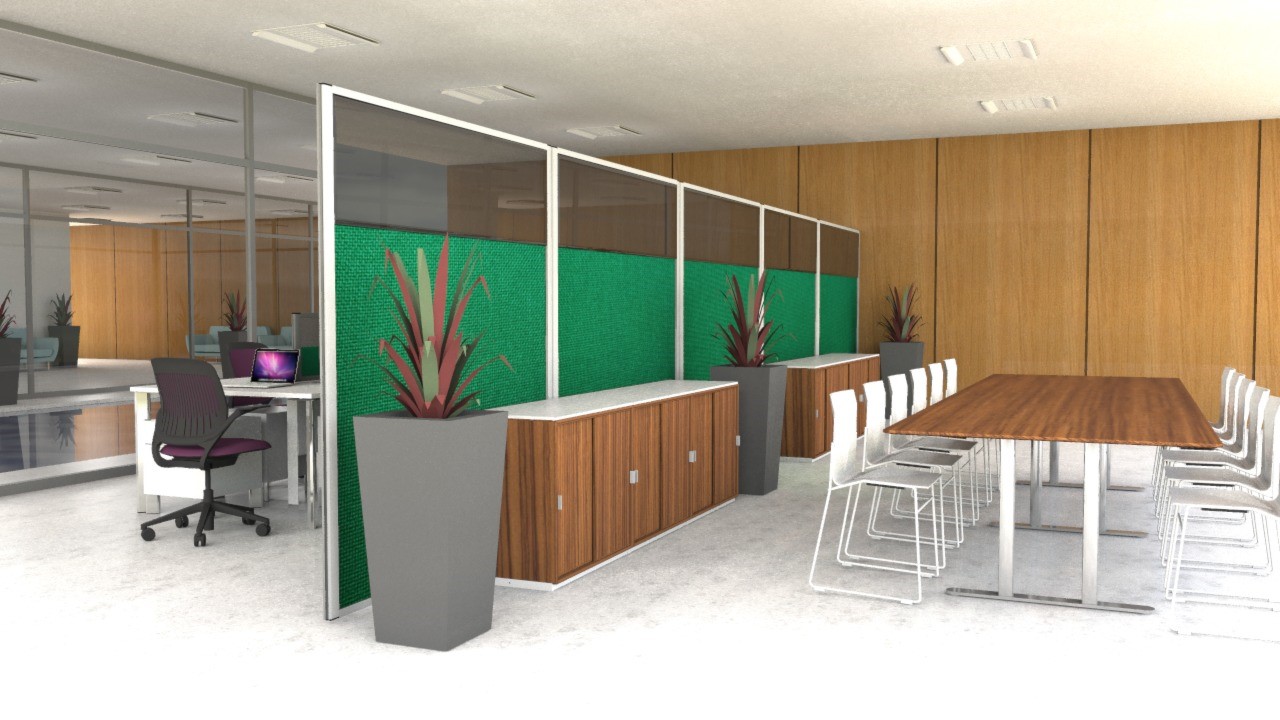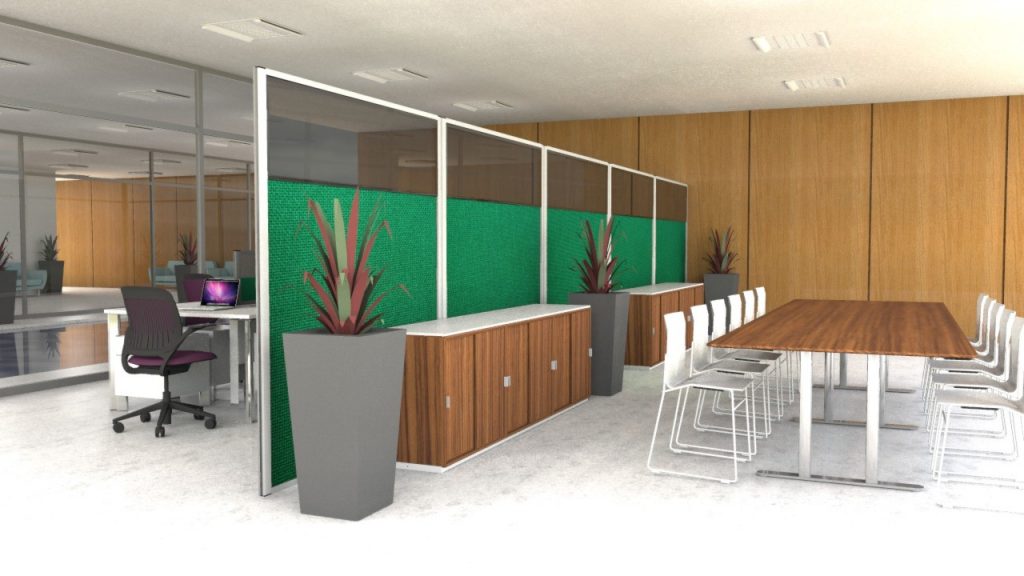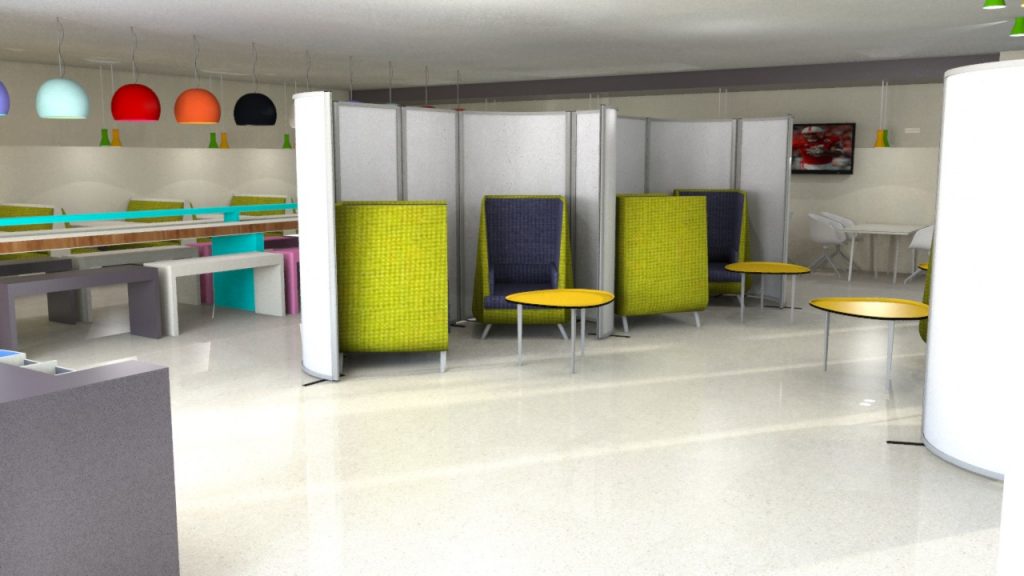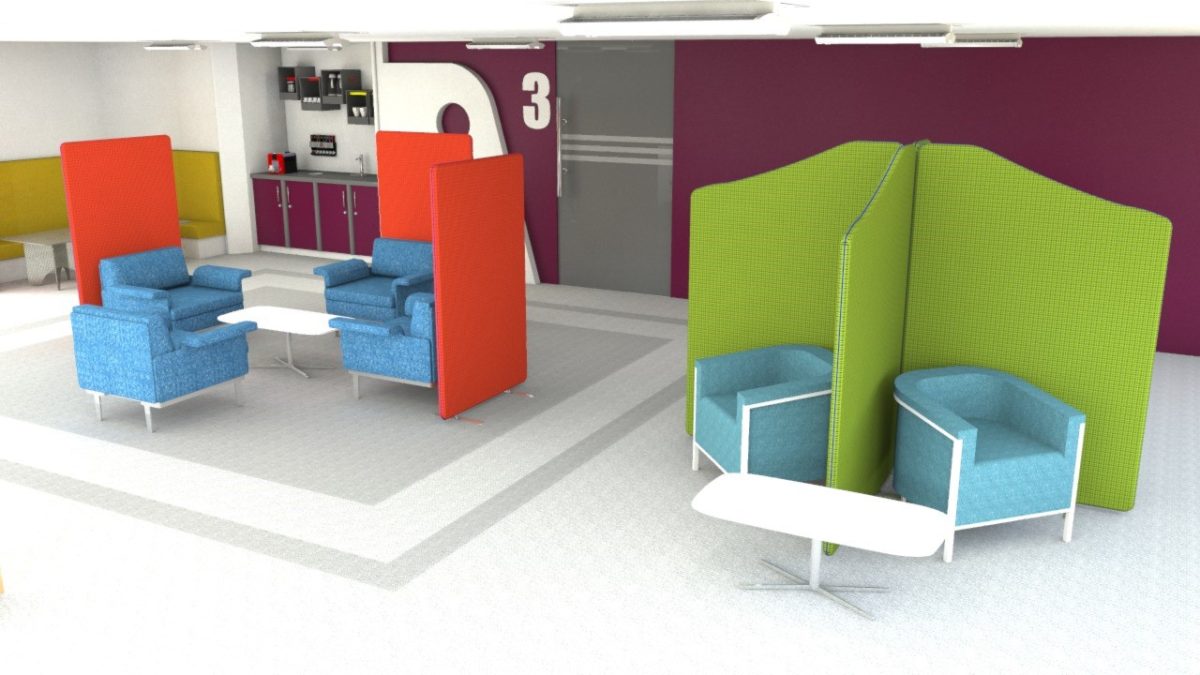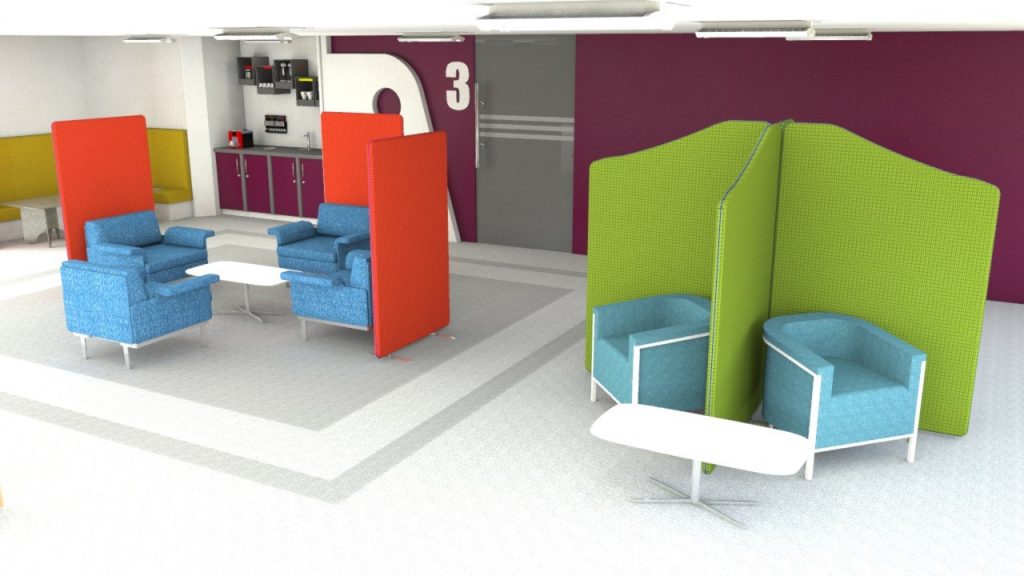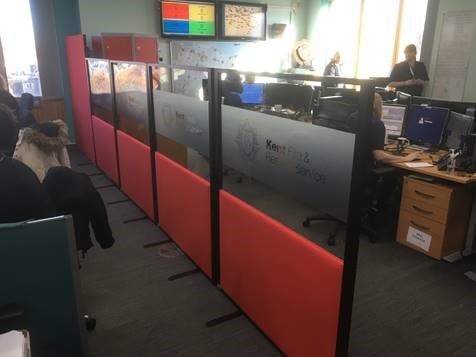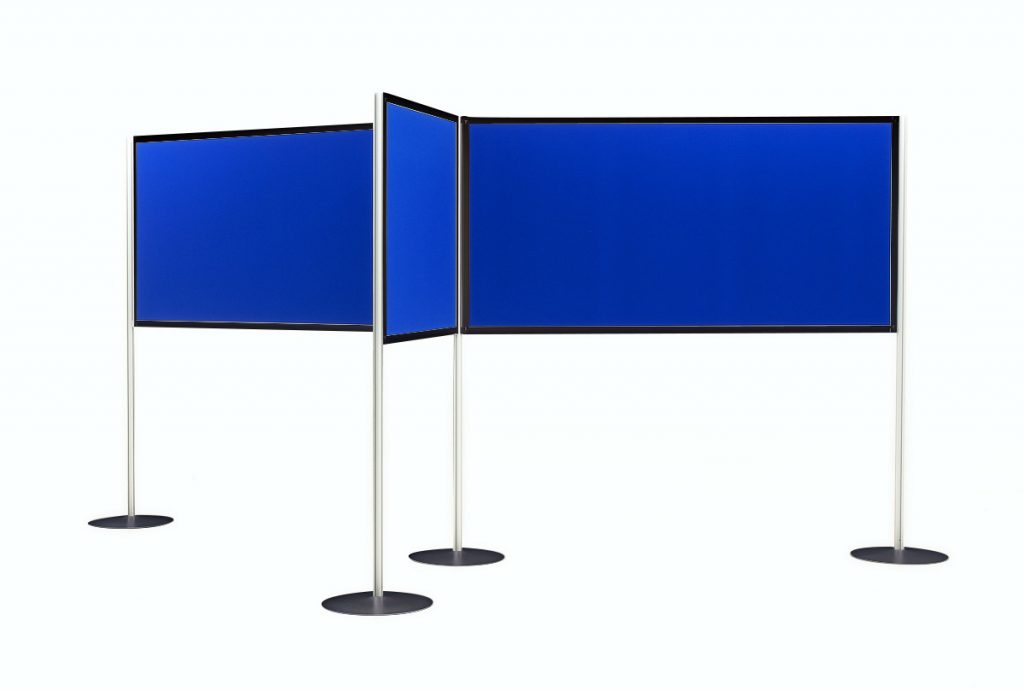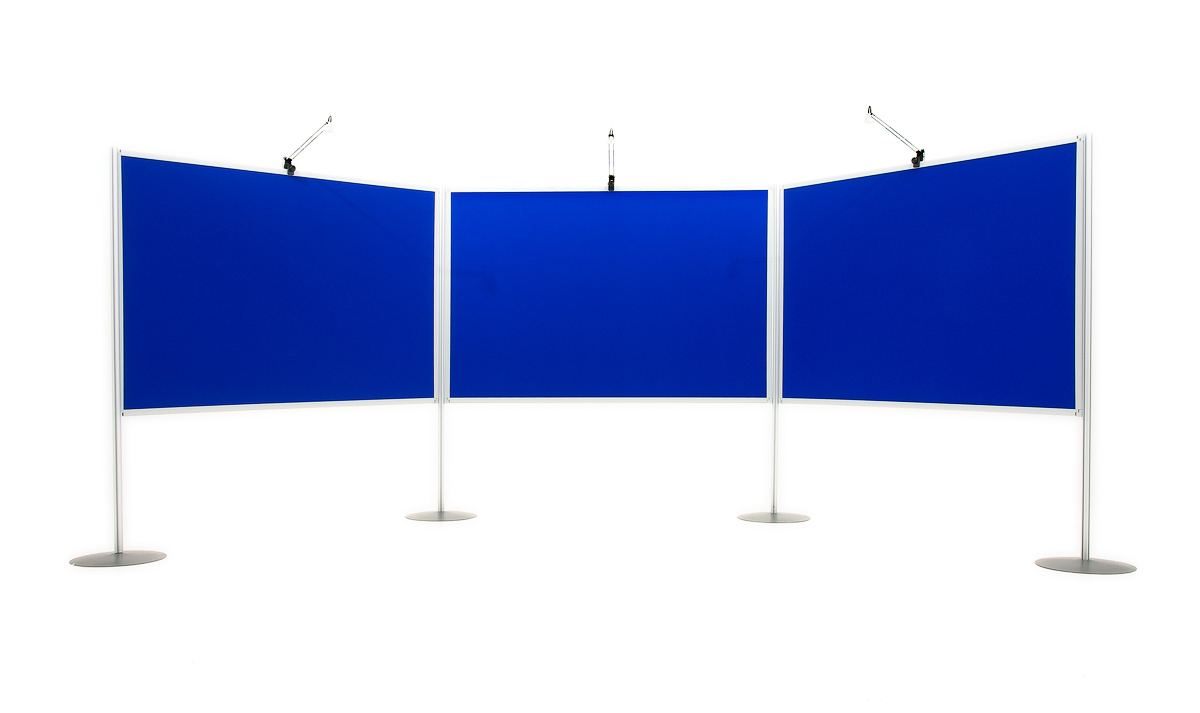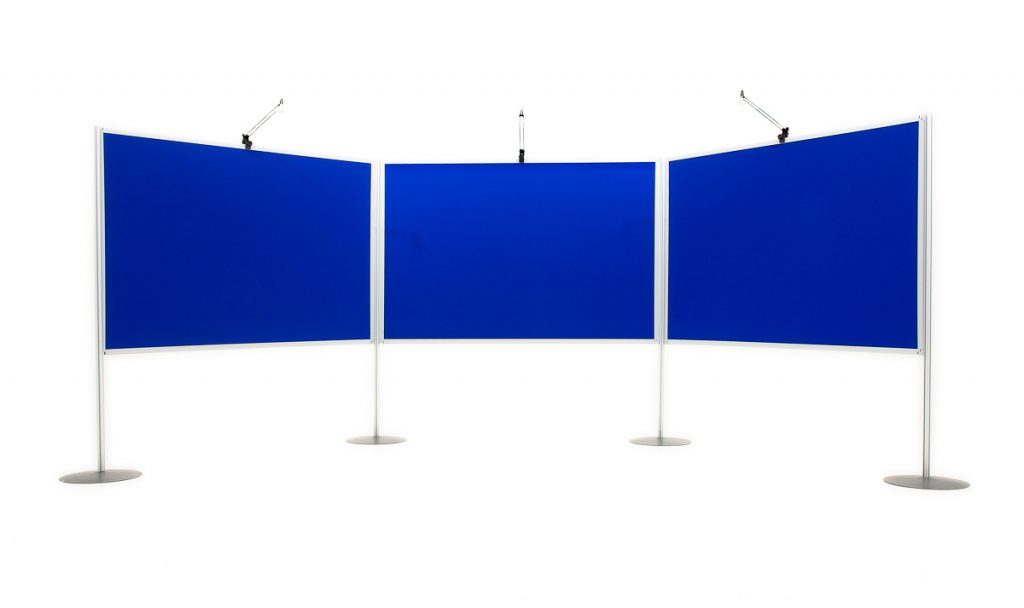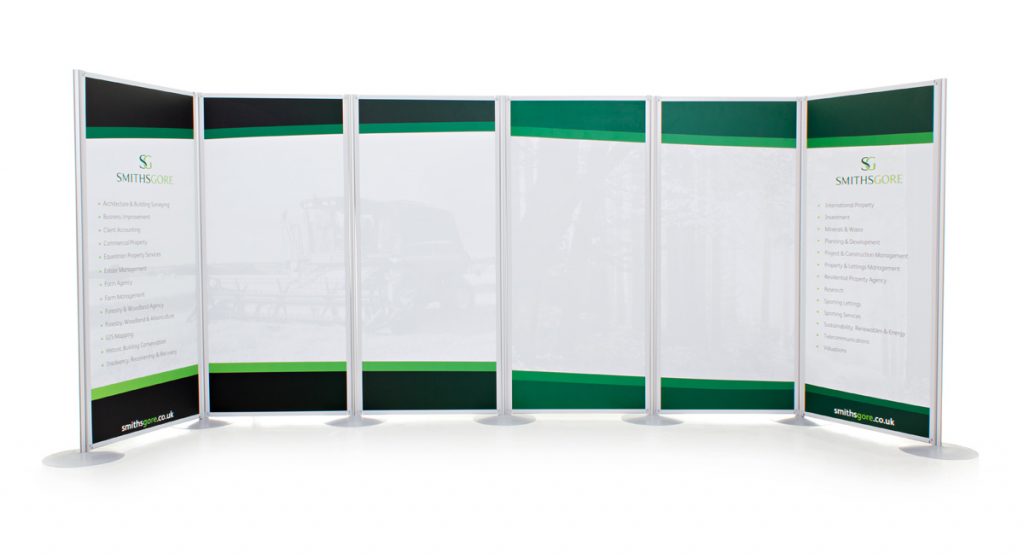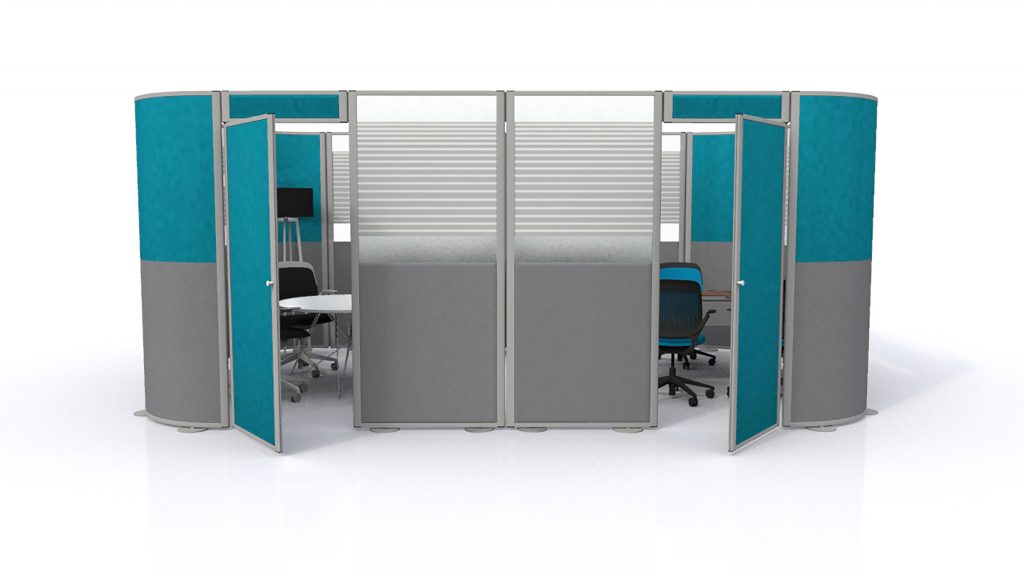Getting the Message Across in a Digital World
In the world of smartphones, Bluetooth headsets and tablet computers, getting a message across is an escalating challenge for marketers and businesses. Our connection to the internet means we are being bombarded by notifications throughout the day. Whether this is via our phone or e-mail inbox, we are often trapped in a perennial cycle of people trying to nudge us towards using or buying their products. So, when it comes to getting the message across, we are going to have to be creative and be unique.
Even though technology is sown into the very fabric of our lives, there is still great marketing value in notice boards. Yes, essentially those large tack boards which were a familiar addition to every classroom, ever. Admittedly, the design has evolved since those days, but their core function remains very effective in public places. Whether this is in offices, reception areas, hotels and more, their purpose is to grab a person’s attention for just a few seconds. Great design and an eye-catching message are crucial for this, which is why we’ve looked at how to make your notice boards a success.
1. Get a Creative Member of Your Team on Board
This will be your most important starting point. If you’ve not got an eye for design, then attempting to create visually enticing notice boards could end up being a waste of your time. Even if what you have to announce isn’t quite as exciting as the latest viral trend, it needs to be able to demand the attention of a passer-by. Then by corroborating their design skills with your ideas, it is possible to create stunning notice boards and bulletin boards.
When selecting colours, deciding on fonts and finalising images, ensure you keep the location of the notice board in mind. Lighting in the room, as well as its location, will all have an impact on how it should be designed. For example, if it is placed in a large reception area, then a small dull font is not even going to warrant a glance. From here, you can begin to put together a fluid design which is personalised to impress. Even for basic announcements, a creative design can make it much easier to read on the eye.
2. Plan Where the Notice Boards Will Be Placed
A common problem with wall-mounted notice boards is that they often fade into the background. If this is in a spot where people commonly just walk past, then even an eye-catching design will not get the message across. This is why free-standing notice boards can be a much more valuable addition. Examples such as Clippy Notice Boards enable notices and announcements to be placed in the eye-line of the target audience. So even if they are glued to the screen of their phone, your content will at least be in their peripheral vision as they walk past.
The combination of a free-standing notice board with eye-catching content will help to get the message across. Importantly, they are effective in minimising the space required, leaving the area with plenty of room to manoeuvre. On top of this, they are also easy to move, enabling them to be adjusted and re-positioned for greater effect. This ultimately allows the area to be dynamic and capable of adapting to different events and visitors, depending on what is required on the day.
3. Create a Theme and Stick To It
One of the major reasons why notice boards can become so ineffective is a lack of effort being put into the design. Often, they are used in locations where people are passing through or just spending a few minutes there. As such, if the design of the content is dull and bland, then what kind of encouragement is there to take note of the message? If the announcement has been knocked up in a few minutes on a Word document, then what does this say about the importance of the notice?
To narrow down time, we recommend creating a theme and sticking to it. Even if this means spending a little longer to develop a creative template, this can then be quickly adjusted as and when required. One of the potential options here is to incorporate corporate branding to encourage people to take notice. An official design such as this makes the message appear relevant to the business and therefore relevant to the reader. As well as this, it also keeps the design of the notice boards consistent with the existing environment.
4. Notice Boards Should Be Dynamic
This final point is situational depending on the location you have. For example, if you have a reception area, then it is likely that you will have different people passing daily, meaning there is little need to adjust the design. However, if for example, it is in an office, then it is crucial to modify it to keep it fresh. This not only shows that there are new announcements but will also encourage them to glance over every day.
Simple changes keep things relevant and also gets your target audience into the habit of checking for notice changes. Ultimately, notice boards do not have to and should not be boring. You only need look online for some of the amazing creations produced by teachers for example. These are tailored to get children and adolescents looking, which is often a challenge on its own.
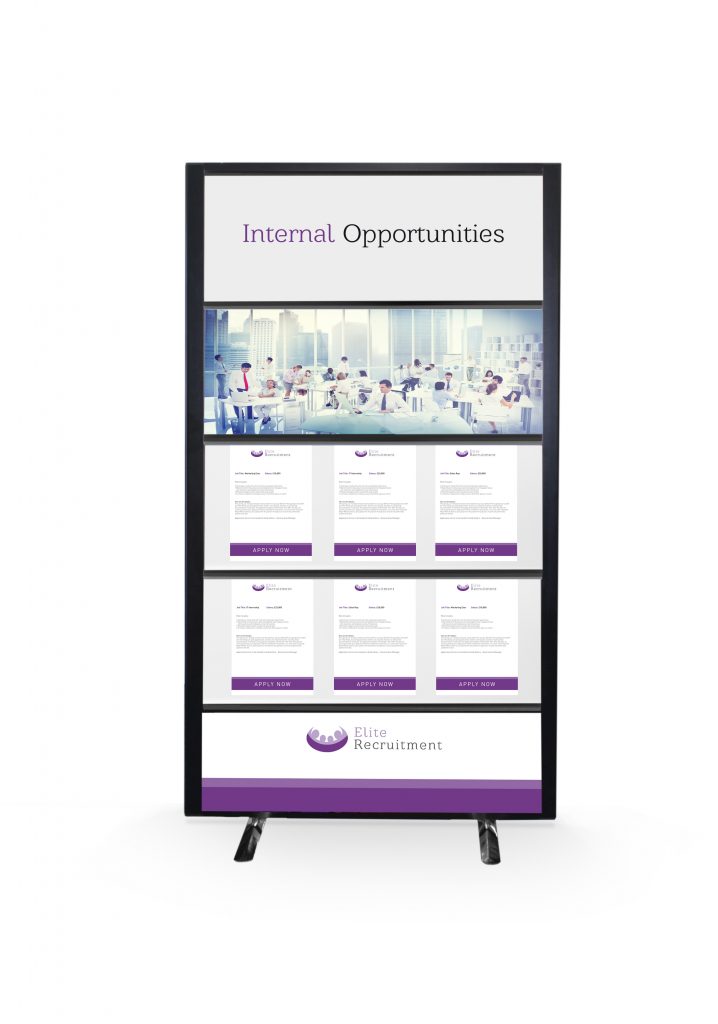
Rap Industries are designers and manufacturers of notice boards and office partitions. By working with schools and businesses, we utilise their feedback to create products which are effective in their relevant environment. For more information on how we can help, please call 01733 394941 or send an e-mail to sales@rapind.com.
